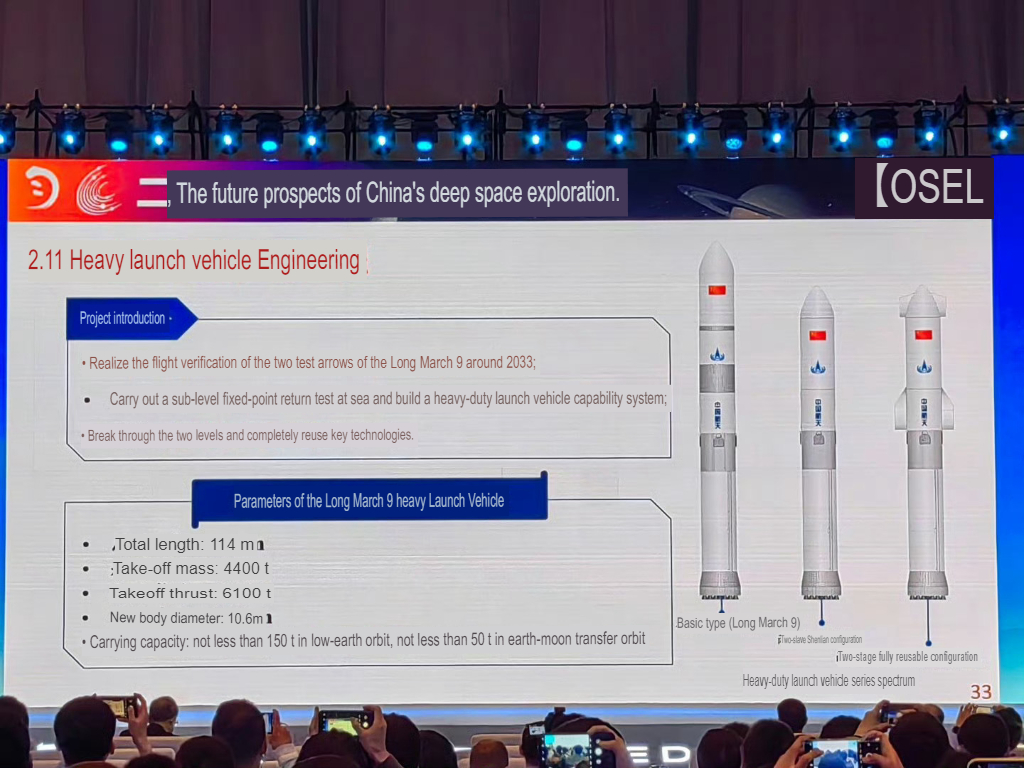When Chinese space officials unveiled the design for the country's first superheavy lift rocket nearly a decade ago, it looked like a fairly conventional booster. The rocket was completely expendable, with three stages and solid engines on the sides.
Since then, the Asian country has revised the design of this rocket, called Long March 9, in response to SpaceX's development of reusable rockets. Two years ago, China had recalibrated the design to have a reusable first stage.
Now, based on information released during a major air show in Zhuhai, China, the design has changed again. And this time, the plan for the Long March 9 rocket looks almost exactly like a clone of SpaceX's Starship rocket.
This looks familiar
Based on the latest specifications, the Long March 9 rocket will have a fully reusable first stage, powered by 30 YF-215 engines, which are full-flow combustion engines powered by methane and liquid oxygen, each with a thrust of approximately 200 tons. By comparison, Starship's first stage is powered by 33 Raptor engines, also powered by methane and liquid oxygen, each with a thrust of about 280 tons.
The new specs also include a fully reusable rocket configuration, with an upper stage that looks eerily similar to Starship's second stage, complete with flaps in a similar location. According to a presentation at the air show, China plans to fly this vehicle for the first time in 2033, almost a decade from now.

A translated slide from a presentation on China's latest plans for the Long 9 of March.
Credit: Weibo
In related news, a quasi-private Chinese space startup, Cosmoleap, announced plans last week to develop a fully reusable “Leap” rocket in the coming years. An animated video that accompanied the funding announcement indicated that the company aims to emulate the tower-catch-with-chopsticks methodology that SpaceX successfully employed during Starship's fifth flight test last month.
Let's be real for a moment. This isn't the first time Chinese rocket programs have mimicked SpaceX, such as when Space Pioneer planned to develop a Falcon 9 clone. Both the state rocket agency and the company's private industries are copying SpaceX's best practices as they try to catch up. Right now, the Chinese launch industry is basically hanging out in SpaceX's waiting room to see what ideas they should use next.

